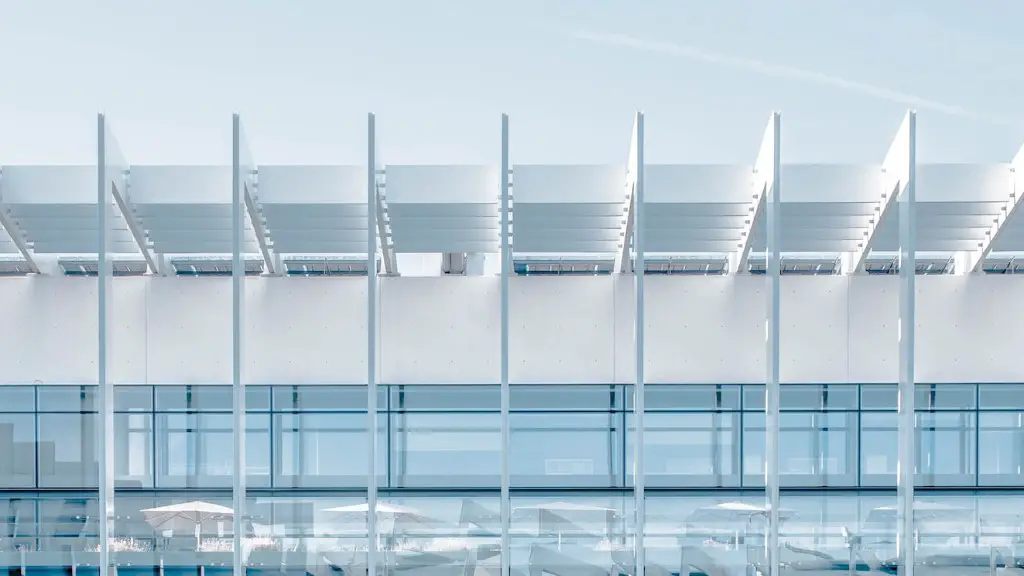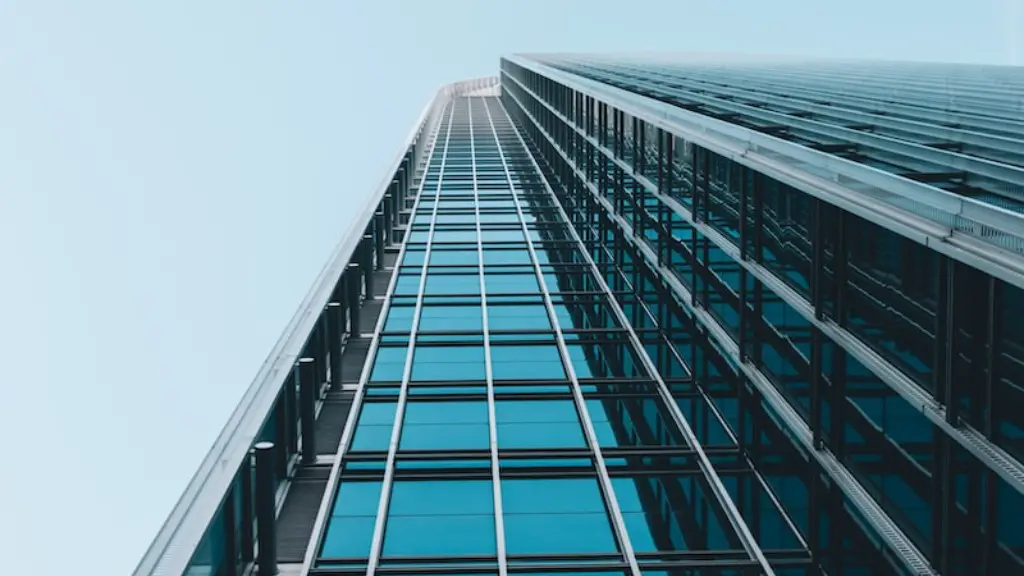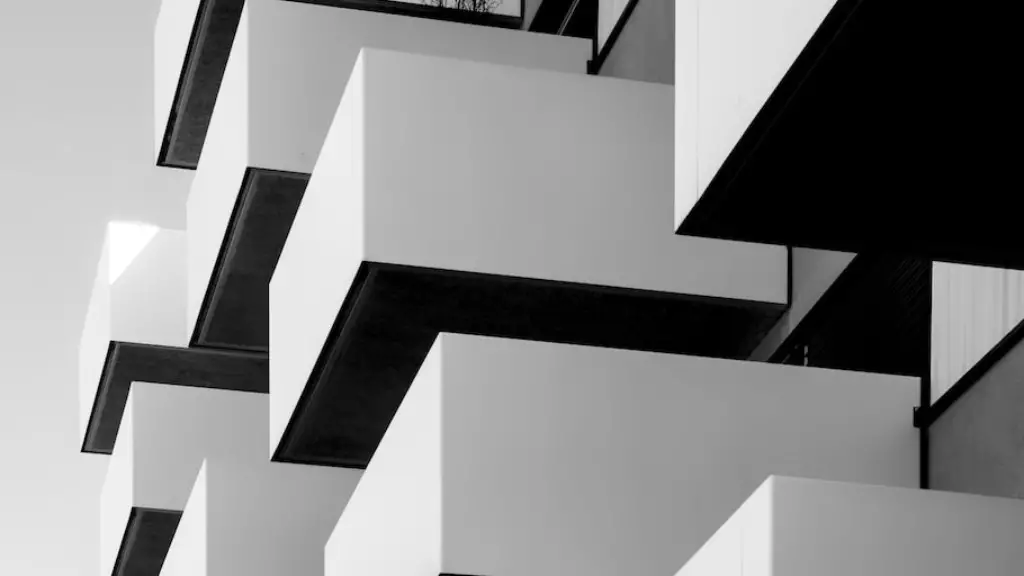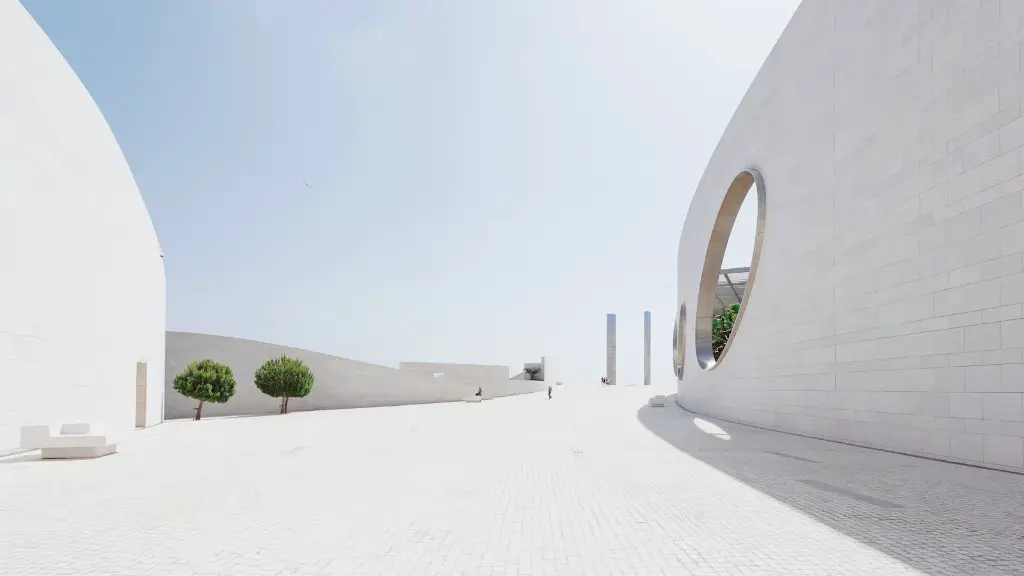When it comes to architecture, DD is an immensely important element for successful projects.What is DD in architecture? DD stands for Design Development and is defined as the process of transforming a concept and basic design into a set of documents that can be used to construct the building. The design development process begins with a conceptual design and goes all the way through to completed construction documents.
Design development is an important step for presenting a project to the stakeholders, such as clients and investors, as this stage is quite instrumental in obtaining approval prior to the commencement of construction. It is also an opportunity to make adjustments to the design before actual construction begins. The DD process typically involves a variety of professionals, such as architects, engineers, landscape architects, and surveyors.
The design development process operates in a cycle, beginning with a proposal/concept followed by detailed schematic design. During this stage, the overall design is refined by resolving issues like window and door placement and making important mitigation decisions to make the project more efficient. At this stage, engineers can provide input on structural systems, while landscape architects can help to finalize the exterior space.
After schematic design is complete, the design is further developed in the documents phase. In this phase, all documents like architecture plans, elevations, 3D models and energy simulations are created. The design team will create construction drawings that include details of how the building will be physically constructed. This includes details related to materials and specifications for building components.
The design development documents need to be reviewed by the relevant professionals to ensure that all the relevant regulations are taken into account and are compliant with regulations and building codes. After the documents are approved by all parties, a contractor is chosen to begin the construction process. This is the key phase of the DD process as the contractor will execute the design as prescribed in the documents.
The design development process is an important factor in any successful project, as it enables the design team to realize their vision and create tangible documents they can present to clients. This process ensures that all stakeholders understand the project clearly, and have a good understanding of what is expected before construction begins.
Creating Design Documents
Creating design documents is a crucial part of the design development process, as it is in this phase that the design is finalized and revised to meet the requirements and objectives set out in the proposal. Architects and engineers work closely on this stage as they create the construction documents and technical drawings. Architects will create drawings of elevation, sections and details, while engineers will provide documents related to plumbing, electrical and mechanical systems. This phase also includes the creation of specifications for materials and finishes.
Before the construction documents are finalized, the design team must review each document to ensure correctness and accuracy. In this phase, energy simulations are conducted to determine the energy performance of the building, and any necessary corrective measures are taken to ensure it meets applicable regulations.
The review process is an important step in creating complete and accurate design documents. The design team must be diligent and attentive throughout this process, as any mistake could have serious repercussions down the line. The team must check every document multiple times to ensure it is compliant with regulations and meets the stakeholders’ requirements.
Advantages of Design Development
The design development process brings with it several advantages that can contribute positively to the entire project. By incorporating input from all stakeholders in the design, excellent design decisions can be taken and implemented later in the project. The stakeholders can get a better understanding of the design process, what their role is, and how the project works. This helps to ensure a better overall outcome. By incorporating different perspectives, the design can be improved, as each stakeholder can bring unique insights to the project.
By going through the design development process, the design team can develop a better understanding of the project requirements and objectives. They can review the design multiple times and make necessary adjustments to create a successful project. This process also allows the team to keep track of materials, resources and fabrication drawings, facilitating the construction process significantly.
Communication & Collaboration in Design Development
Collaboration and communication are essential during the design development process as the various stakeholders must work together for the successful completion of the project. Communication across teams is vital for the successful delivery of the project, as all work must be well coordinated for optimal results. Communication also helps to ensure that expectations and design decisions are clear to all parties.
Communication and collaboration take place through various channels, such as meetings, emails, and phone calls. In this process, it is important to keep an open line of communication between the project’s stakeholders and the design team. This helps to ensure the project goes smoothly and any mistakes or complications can be quickly addressed.
The design team also needs to keep track of all the work done on the project. This can be done by using project management software, which records all relevant tasks and provides updates on the status of the project. This information is then shared with the stakeholders and can be used to measure the progress of the project and make adjustments as needed.
The DD Process & Technology
Technology and the digital age are revolutionizing the design development process, with advances that are making it easier and more efficient for architects to collaborate on projects. Computer-aided design (CAD) software is increasingly being used to create construction documents and technical drawings, making it much easier to create detailed and accurate designs.
The digital age is also making it easier for the various stakeholders to connect and collaborate on projects. With the help of cloud-based project management software, the project team can access and share updates with ease, allowing for better communication and more efficient document management. With such technologies, the design team can create advanced, precise and accurate designs in significantly less time.
Design Development in Action
The DD process can be broken into three main phases – concept design, schematic design and document design. In the concept design phase, the overall design is determined and refined. This is followed by the schematic design phase, where all details related to window and door placement, as well as structural design, are finalized. The final phase is the document design phase, where all documents and specifications are created.
Once the design and documentation are complete, the documents are then approved by the relevant stakeholders and the contractor is selected. The contractor will build the project according to the documents, which is the final step in the design development process. The success of a project ultimately depends on how well the design documents are prepared and how accurately and efficiently the construction is carried out.
The Importance of DD
Design development is a critical phase of any successful architecture project. Without it, projects would be disjointed and could not move forward, as the design team and stakeholders would not have a unified plan for the project. The DD process results in a clear and unified design that everyone can agree on and sign off on.
By providing a mechanism for the design team, stakeholders and contractor to collaborate and communicate, projects can move forward quickly and efficiently. The design development process allows all parties to collaborate in real-time and keep track of progress. This helps to ensure a successful project that meets all regulatory requirements, and meets the stakeholders’ requirements.
Preparing for Design Development
Before the design development process begins, the project team must make sure they have the necessary resources. This includes documents related to the project, such as zoning regulations, building codes and health and safety regulations. It is also important to ensure that all stakeholders are adequately informed and involved in the project.
It is also important to have the right professionals involved in the project. Architects, engineers, contractors and other experts should be on-boarded to ensure that the project goes smoothly and can be completed in a timely manner. All stakeholders should be aware of their roles and responsibilities throughout the project, and should be consulted on any important decisions related to the project.
Having a good understanding of the DD process is essential for any successful project. Projects that lack this knowledge can run into problems, as they will lack the guidance and structure necessary for success. A good understanding of the process also helps to identify potential issues and assess potential risks in a timely manner, allowing for swift and well-informed decisions.





